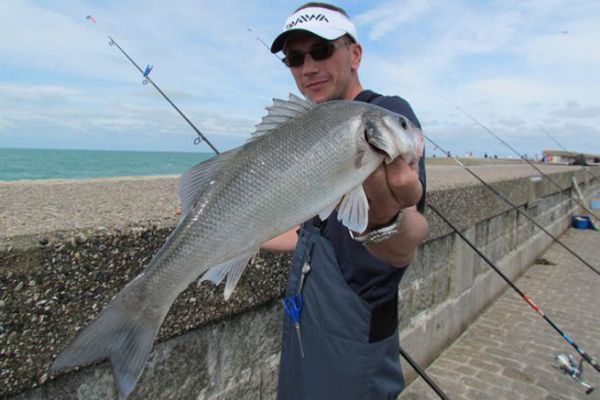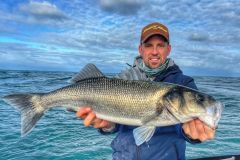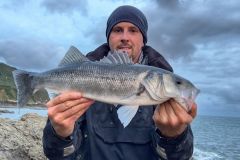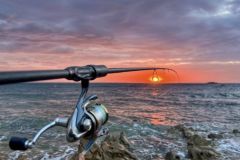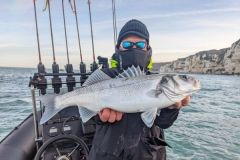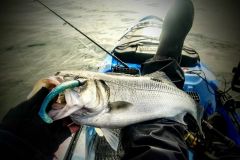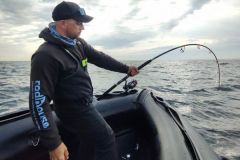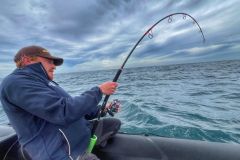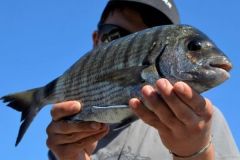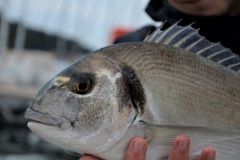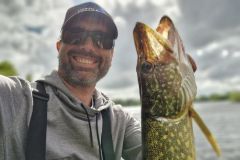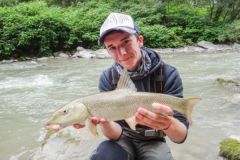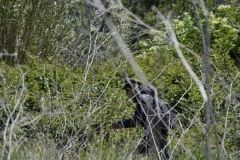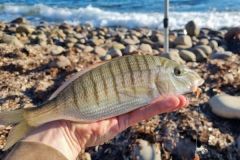Sea bass bait
The riprap of dykes and groins is home to a multitude of crustaceans, molluscs, fry and fish that feed on the dyke biotope.
A multitude of live baits inhabit the dikes, and sea bass are often at the top of the food chain. it's up to you to find the right bait for the season. At the beginning of the season, for example, soft crabs or sand eels are more likely, while white shellfish, cephalopods and large worms are more likely at the end of the season. Don't hesitate, when you're fishing for a small live fish on a nereid or a set of feathers, to bait it on a size 4/0 or 5/0 hook and cast it a few metres from the shore, at the foot of a jetty. This is how big bass are caught!
Favourable moments
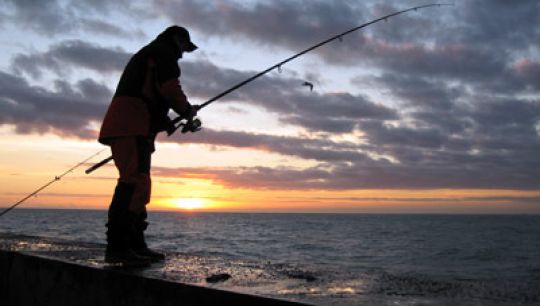
Don't fish at any time of day - watch the tide! In some places, the sea bass pass at the bottom of the water, while in others, they hunt at mid-rising tide, at high tide, or even at ebb tide. it's up to you to find the best times to fish for bass on each dyke and jetty.
Often, the moment when the current sets in and the moment when the current subsides are the key moments for bass fishing. So make sure you have a tide directory for your fishing area and test the different tidal moments (rising, falling). These are commonly found in local fishing stores or simply on the Internet for short-term tides. Sunset coupled with the start of the current (often low tide + 3 hours) is excellent.
A logbook can be used to record the tide times at which sea bass are caught, providing invaluable statistics that improve year on year.
Sea bass equipment on dykes
On most structures, 3 to 4.50 m surf-casting rods with 100 to 250 g of power are perfectly suited to this type of fishing.
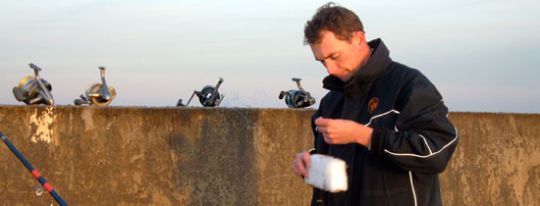
The reels, which need to be fairly robust, are fitted with nylon with a minimum diameter of 40/100, up to 80/100 in areas paved with sharp rocks sheltering large bass.
Rigging for bait fishing
In general, for bass fishing, the most commonly used rig is the long drag connected to the line body by a 3-loop swivel, known as a pater-noster swivel, with a single sinker or pebble as ballast, which is very likely to be lost on uneven rocky bottoms. You can also try the classic rig with 2 or 3 pot hooks, but this is more suited to flatfish, crappie, small meagre and other "all-round" fish, as sea bass prefer a single long pot.
This type of fishing is affordable and you don't need to invest heavily to fish effectively on dykes. On rocky overhangs, on the other hand, access is more difficult, and it may be necessary to cast further out.

 /
/ 